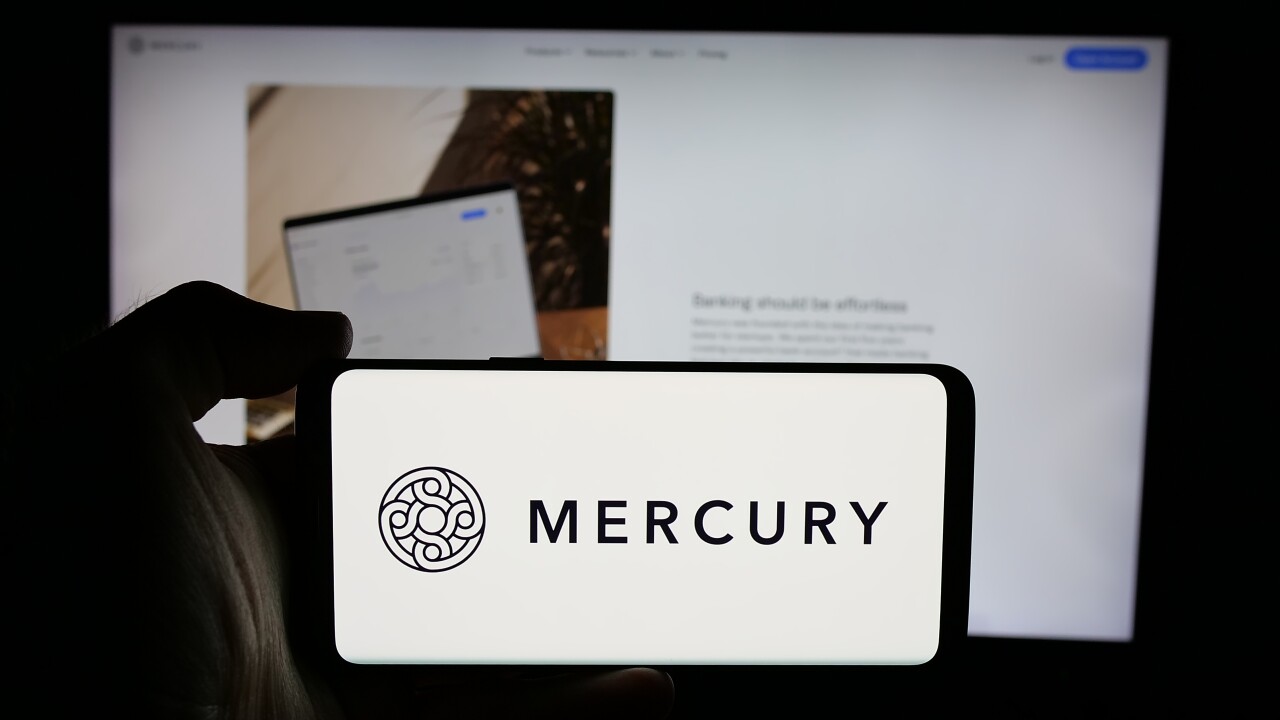Artificial intelligence. The internet of things. Sensors. The talk these days in financial services — or in any industry — seems to be all about technology.
But some of the biggest trends set to impact the financial services industry center not on technology, but on good, old-fashioned operational, cultural and competitive concerns.
Issues like
Talent turning outward
Hiring the right people is a perennial problem that will only intensify. The
And it doesn’t help that headlines are trumpeting unprecedented job cuts in banking due to digital technology. Who wants to work in an industry that’s shrinking at a record pace?
But while attracting and retaining talent will remain a differentiator in the marketplace and critical to success, the talent challenge is shifting yet again. To be blunt, the people who have the skills you need don’t want to be part of a large organization.
This is where partnering comes in. It’s becoming clearer all the time to me that a core competency of successful large financial institutions in the future will be the ability to reach outside of the organization to access critical skills and capabilities — whether that is with fintechs or any other third party. The fact that these arrangements may conflict with regulatory requirements is an issue we’ll just have to figure out.
Innovation conundrum
With big tech certain to have a significant impact on banks, the question is: Are they friend or foe?
Think about it. Big tech is your service provider across a range of activities — cloud services, customer acquisition services, voice-initiated channels. And big banks will never innovate fast enough to keep up with disruption in the marketplace, so they need fintech and big tech. Even so, these players are potential competition and they’re collecting a lot of data on your customers — while also drawing more attention to their own platforms.
So what’s your strategy? Are you going to try to be a competing platform? Are you going to participate in a platform that somebody else owns?
If so, what toll are you going to have to pay for transactions? What will that do to your margins? And like the talent sphere, there’s a host of regulatory issues around third-party vendors — how can you even make teaming work? Figuring out the answers here sooner rather than later is paramount.
Consolidation of small banks
When it comes to consolidation in banking the news won’t be made among those in the top tiers — it’ll be in local banks. And that news can only be described as grim.
Right now there are 20,000 banks in the world, with 1,000 of these representing 88% of all banking assets. That means you have 19,000 banks that represent only 12% of the banking assets globally.
The math just doesn’t add up given the investments needed to meet today’s demands. This includes customer expectations for digital interactions and ease of access. It also includes investment needed to protect infrastructure from cyber and financial crime.
Clearly, consolidation is coming. What form that takes may still be in question: Are there aggregators that can bring them together? Do big banks start to become aggregators?
But regardless of how consolidation happens, the survival of the local bank seems unlikely.
Operating with a purpose
With the financial crisis in the rearview mirror, bad actors and bad headlines are no longer the dominant narrative surrounding the industry. Now banks are thinking more about
It may be tough for the public to believe a bank would undergo this kind of
This is about more than following regulations or profit. This entails a well-defined set of behavioral aspirations for both internal and external practices that give stakeholders — employees, customers and investors — a standard by which to measure their own actions and the actions of the organization.
Take financial inclusion and sustainability. A statement of purpose can guide an institution’s services in a way that promotes wider access and avoids practices that may harm customers or society (think predatory lending). It can also embed sustainable practices into operational decisions and investments.
Just as important, a purpose-driven organization is where today’s workers want to be. The idea that their work is contributing to the positive role a financial institution can play in society is a strong motivator in the current job market. In short, the more banks work to leave the image of soullessness behind, the better it will be for them all the way around.
The constancy of change
The one thing that doesn’t change in today’s economy is the fact that there’s constant change. But when has that not been true?
As you get bombarded with the latest hype, remember to keep an eye on the things that will almost always be a factor — talent, competitiveness, integrity.
That’s how the savviest companies will continue to succeed.





